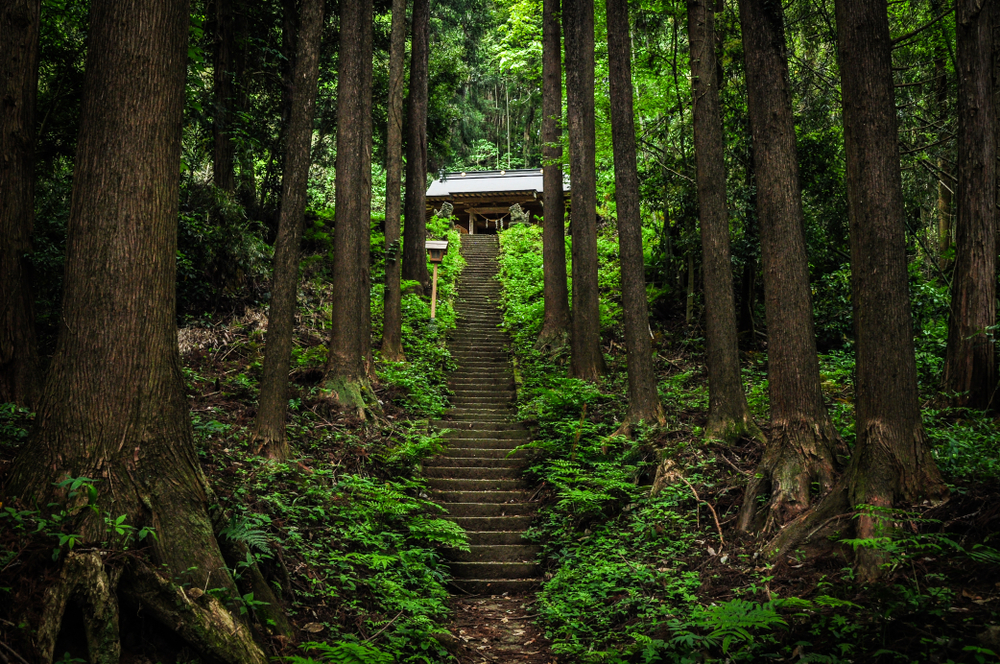
There are some religions around the world that tend to “hog the spotlight” when it comes to general awareness. Christianity, Judaism, Islam, Buddhism, and Hinduism are movements that most people know a bit about, even if they do not belong to any of the faiths in question. Still, there are countless religions out there that date back millennia and are still practiced today. One such religion is Shinto, which dates back to before the sixth century AD. Also called Shintoism among Westerners, this nature religion is considered by many to be the indigenous religion of Japan. Consider these interesting facts and learn more about this important system of beliefs.
There Is No Specific Definition
The first point to keep in mind about Shinto is that there is not a universally agreed-upon definition for the word. In fact, Shintoism only received its name in the sixth century due to people needing to separate the religion from Buddhism and Confucianism. Before this, the system of rituals and customs that would become Shinto were practiced for countless centuries by people in villages and smaller settlements across rural Japan. Many of the customs involve a reverence for nature and the many spirits who dwell there.
There Are Often Four Main Virtues
Followers of Shintoism will not always have the same beliefs or rituals, but there are a few commonalities. For one, many scholars and spiritual leaders state that there are four main virtues in Shinto. In Japanese, these are usually expressed as 浄明正直. Though the translation into English is complicated, academics often state that the words in context generally relate to concepts of purity, harmony, and good fortune and a belief that danger comes from external forces.
The Religion Is Considered Polytheistic
Shinto is classified as a polytheistic religion. The main form of worship centers around spirits or gods known as kami. What is most interesting about the kami is that they take a multitude of forms. Sometimes, kami are the spirits of venerated dead individuals. More often than not, however, these “holy powers” are forces of nature or specific qualities that are expressed through the elements and landscapes. Though there are more kami than can be accounted for, followers of Shintoism have a few spirits that are celebrated or revered above the rest.
Amaterasu, the goddess of the sun, is one of the more noteworthy kami. This goddess was said to be responsible for creating balance in the universe. Three items of significance are attributed to Amaterasu: a sacred mirror, a jewel, and a sword. Legend says that Amaterasu gifted these to her mortal descendants, and it was on this belief that the items became the Imperial Regalia of Japan.
The Shrine Is Not Specifically for Worship
Shrines are found all over Japan and are often the symbol that Westerners most often associate with Shinto. However, a popular misconception is that shrines are for worship. The main purpose of the structures is to enshrine kami. Shrines also house important artifacts or sacred objects that are associated with specific kami. In some situations, no important item is housed in the shrine. This is usually the case when the shrine is meant to house a kami associated with a natural wonder. A shrine dedicated to a kami of a mountain, for example, will be situated on that specific mountain.
Shinto is one of the world’s oldest religions and holds the distinction of still having an active following in the current day. Though it is very different from Western religions like Christianity and Islam, the belief system is quite easy to understand once you explore the key concepts. Dive into the history of Shintoism and discover the rich and fascinating history of Japan.

